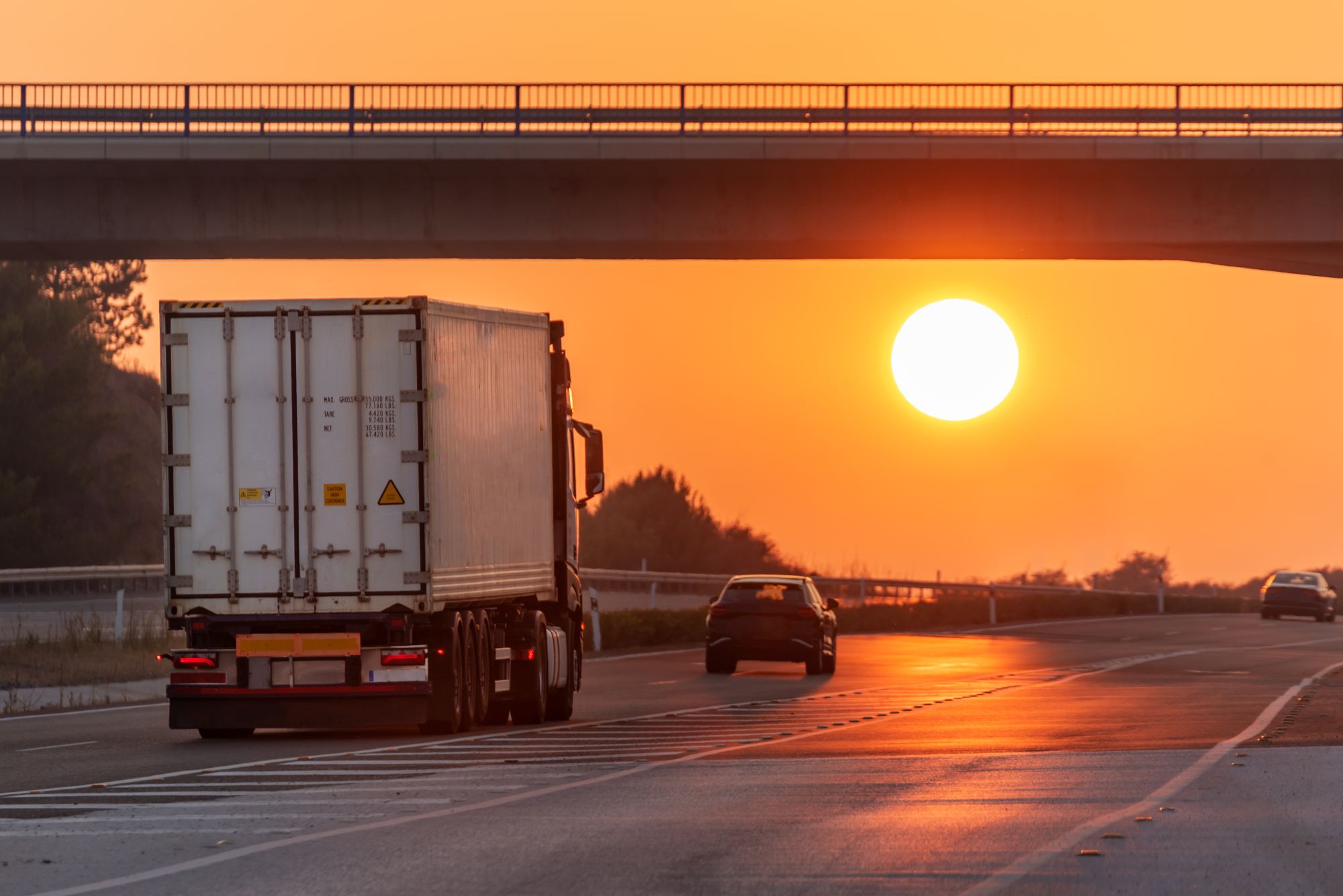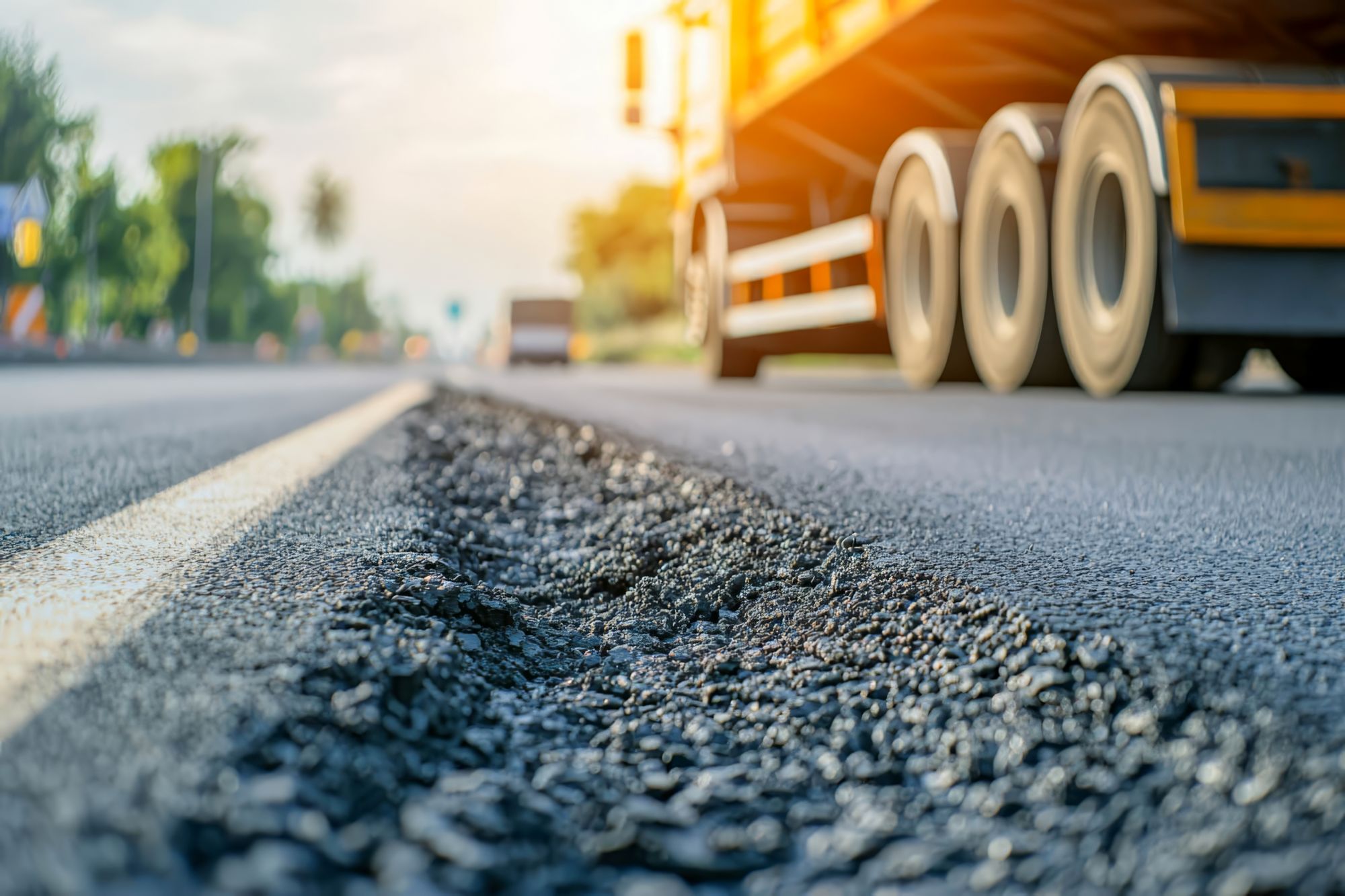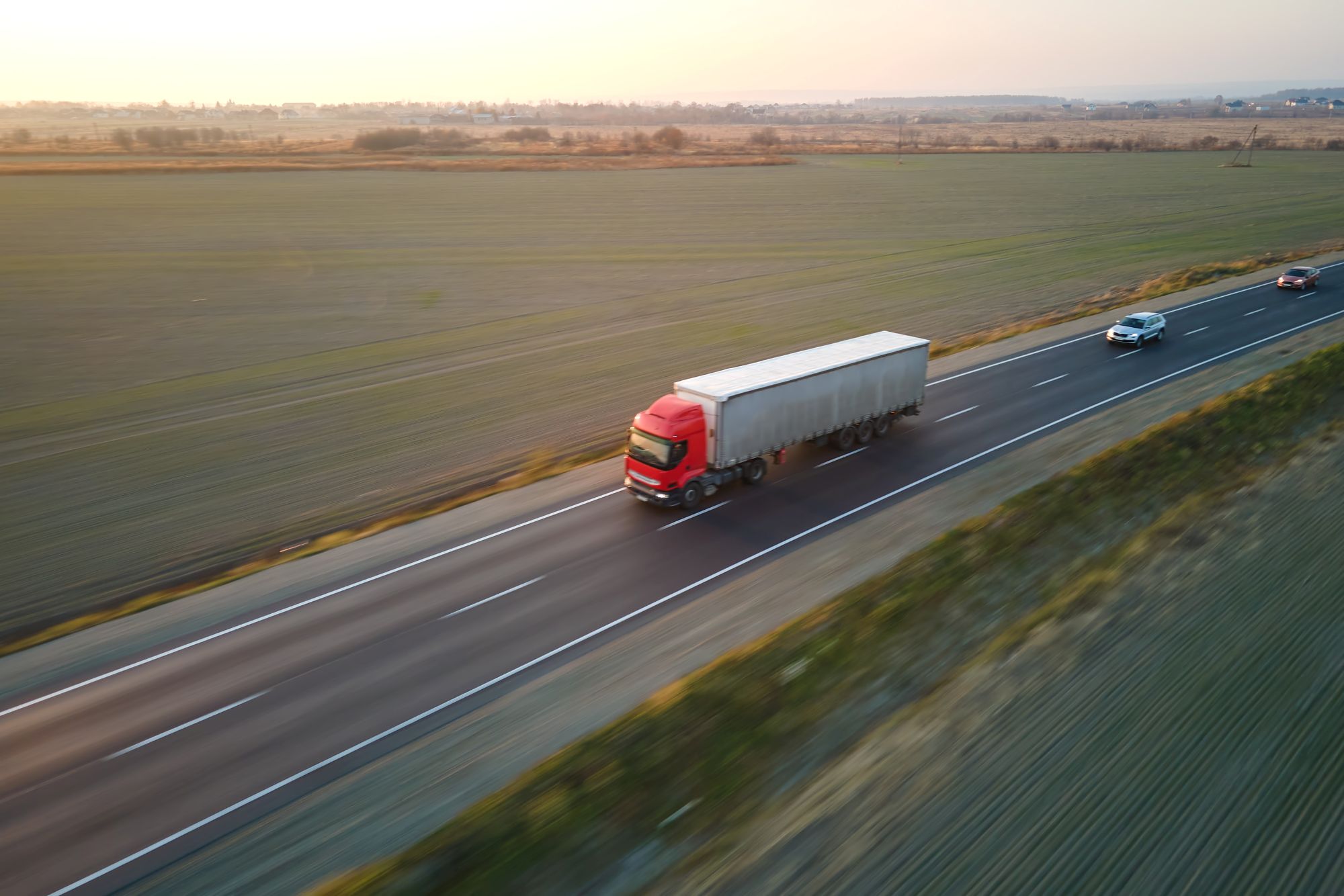
Guest
La ola de calor afecta a la movilidad en Europa: cómo anticiparse
Creado: 31/07/2025
•
Actualizado: 31/07/2025
Las carreteras europeas están que arden, y el calor no hace más que aumentar. En todo el continente, en julio de 2025 se registraron temperaturas récord, fallos en las infraestructuras e interrupciones del transporte a una escala sin precedentes. Para los operadores de flotas y los conductores profesionales, el reto ya no es teórico. El calor extremo ya está aquí y está cambiando el panorama de la movilidad en tiempo real.
Se ha escrito mucho sobre las consecuencias para la salud y las señales climáticas de la ola de calor de este año. Pero se ha prestado mucha menos atención a cómo está afectando a la logística, a las redes de transporte de mercancías y a las personas que mantienen las mercancías en movimiento a través de las fronteras.
Este artículo analiza cómo las olas de calor están afectando al sector del transporte por carretera en Europa -desde el derretimiento del asfalto y el agrietamiento de las autopistas hasta los incendios forestales, los problemas de seguridad de los conductores y los retrasos en las entregas- y ofrece consejos prácticos para ayudar a las flotas a mantenerse operativas, resistentes y un paso por delante.
Las olas de calor se están convirtiendo en la nueva normalidad
Según la Organización Meteorológica Mundial, Europa experimenta regularmente calor extremo, con temperaturas muy por encima de las normas estacionales. En la primera semana de julio de 2025, Alemania registró máximas superiores a 39°C, mientras que España y Portugal se enfrentaron a temperaturas superiores a 46°C durante el mes. Europa, en su conjunto, se está calentando aproximadamente el doble que la media mundial.
Estas condiciones no sólo son incómodas, sino que perturban las operaciones. Los estudios citados por Logistics Business muestran que las olas de calor son un factor de riesgo creciente para las operaciones de transporte de mercancías, ya que reducen el bienestar de los conductores, dañan la carga y retrasan las entregas.
Como consecuencia, cada vez es más difícil transportar con seguridad mercancías sensibles a la temperatura, como alimentos, productos farmacéuticos y productos electrónicos. Los operadores están viendo cómo aumentan las tasas de deterioro y las penalizaciones por retrasos en las entregas. La situación es especialmente compleja en zonas en las que las redes eléctricas están sometidas a una creciente demanda de refrigeración, lo que reduce la fiabilidad de la cadena de frío.
Carreteras que se derriten y autopistas agrietadas
Una de las señales más claras de los efectos del calor en la movilidad se produjo a principios de julio, cuando partes de la red de autopistas alemanas empezaron a agrietarse por la presión de la dilatación térmica. Algunos tramos de las autopistas A1, A9 y A10, entre otras, se cerraron para reparaciones urgentes porque las losas de hormigón se doblaron y las juntas se rompieron, consecuencia directa de la prolongada ola de calor.
Con el aumento de las temperaturas y el secado de la vegetación, los incendios forestales se están convirtiendo en una característica habitual -y peligrosa- de los veranos europeos. Según el resumen de Wikipedia sobre la ola de calor europea de 2025, se han declarado incendios forestales en el sur de España, Alemania y Grecia, lo que ha provocado evacuaciones masivas y el cierre temporal de importantes carreteras y pasos fronterizos.
En junio de 2025, la A939 en Escocia se cerró debido a los incendios forestales, mientras que los incendios cerraron varias carreteras y túneles de carretera alrededor de Marsella en Francia. Estos cierres no sólo crean un caos de tráfico, sino que obligan a los camiones a desviarse, a menudo por carreteras estrechas e inadecuadas que pueden alargar el tiempo de viaje durante horas.
Además, el humo reduce la visibilidad de los conductores y plantea riesgos para la salud, especialmente para quienes pasan largas horas en la cabina con una filtración de aire inadecuada. Y en muchas zonas, los servicios de emergencia no dan abasto, lo que se traduce en retrasos a la hora de despejar las carreteras afectadas o gestionar los desvíos.

Seguridad de los conductores
Los riesgos para las infraestructuras van acompañados de riesgos para las personas. Los conductores profesionales son especialmente vulnerables al estrés térmico, la deshidratación y la fatiga. La propia guía de verano de SNAP para conductores señala los peligros del sobrecalentamiento de las cabinas, la tensión de las largas horas a altas temperaturas y la importancia de los sistemas de refrigeración y el descanso.
Muchas instalaciones de carretera del sur y el este de Europa siguen estando mal equipadas para apoyar el bienestar de los conductores durante las olas de calor. Las paradas de descanso con aire acondicionado, los aparcamientos a la sombra y el acceso fiable al agua no están garantizados, por lo que la [red de lugares confortables y verificados] de SNAP (https://snapacc.com/map/) es más importante que nunca.
"La ola de calor de este verano es una llamada de atención", afirma Raquel Martínez, Directora de Ventas para Europa de SNAP. "Los sistemas de transporte europeos se diseñaron para un clima más frío. Pero no vamos a volver atrás. Las flotas que se adapten ahora -con las herramientas, las estrategias de descanso y la tecnología adecuadas- serán las que prosperen."
Comienzan las prohibiciones de circulación de camiones en Europa
En respuesta al calor, varios países han introducido o ampliado las prohibiciones de circulación de camiones provocadas por el calor. Según informa TrafficBan.com, Bulgaria y Hungría aplicaron restricciones diurnas a los vehículos pesados cuando las temperaturas se dispararon en julio de 2025. También se aplicaron restricciones a los vehículos pesados en determinadas carreteras vulnerables durante periodos específicos.
Además, las prohibiciones de circulación de camiones en Alemania, Francia, Polonia e Italia, relacionadas con las fiestas nacionales, están agravando la congestión estival. Para más información, visite Trafficban.com, donde encontrará una lista de restricciones regionales y horarias en todo el continente.
Para los conductores y planificadores, estas prohibiciones crean un mosaico de zonas de cumplimiento y limitaciones horarias que requieren una navegación cuidadosa y herramientas de planificación actualizadas.
Impacto de los seguros
Con el aumento de los riesgos que plantea el calor extremo, las aseguradoras están empezando a reevaluar su exposición. Es probable que esto afecte a todas las primas. La cobertura de las mercancías en tránsito está bajo presión, en particular para las cargas sensibles a la temperatura, con más reclamaciones derivadas del deterioro y el incumplimiento de los plazos de entrega. Los costes de los seguros de vehículos también pueden aumentar al incrementarse las reclamaciones por averías y accidentes relacionados con el calor.
Por otra parte, la responsabilidad de los empresarios es objeto de creciente atención, especialmente si los conductores o el personal sufren problemas de salud relacionados con el calor debido a unas disposiciones inadecuadas en materia de bienestar. En conjunto, estas tendencias podrían traducirse en primas más elevadas y conversaciones de renovación más difíciles para los operadores que no dispongan de planes de resistencia claros.
Cómo adelantarse a las olas de calor
En SNAP creemos que la clave para sortear las olas de calor en Europa reside en la preparación, la planificación y la gestión proactiva del bienestar.
Esto es lo que pueden hacer los operadores:
**Utiliza los datos meteorológicos en tiempo real para ayudar a los conductores a evitar rutas de alto riesgo.
Equipar a los conductores para las condiciones: Abastecer los vehículos con agua, equipos de sombra y kits de refrigeración de emergencia.
Compruebe diariamente la normativa: Manténgase informado de los cambios en las prohibiciones de circulación de camiones a través de las fronteras utilizando fuentes verificadas como Trafficban.com.
Optimizar las paradas de descanso: Animar a los conductores a utilizar aplicaciones como intruck para localizar instalaciones bien equipadas y con aire acondicionado en toda Europa.
Mantenga los vehículos para el calor: Preste especial atención a los neumáticos, los sistemas de refrigeración y el rendimiento de la batería durante el mantenimiento, sobre todo en el caso de los vehículos eléctricos o híbridos.
Revisar los planes de seguros y riesgos: Garantizar que las pólizas tengan en cuenta los retrasos relacionados con el clima, el deterioro de la carga y los daños por incendio.
Empiece hoy mismo a planificar las olas de calor
Consulte nuestro mapa interactivo SNAP o descargue la aplicación intruck hoy mismo. Con miles de socios de confianza en toda Europa, es tu atajo hacia paradas más seguras, sea cual sea la temperatura.



